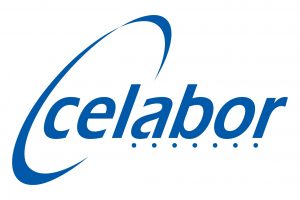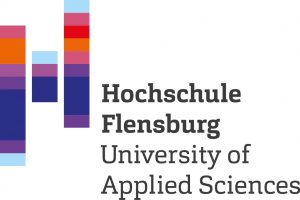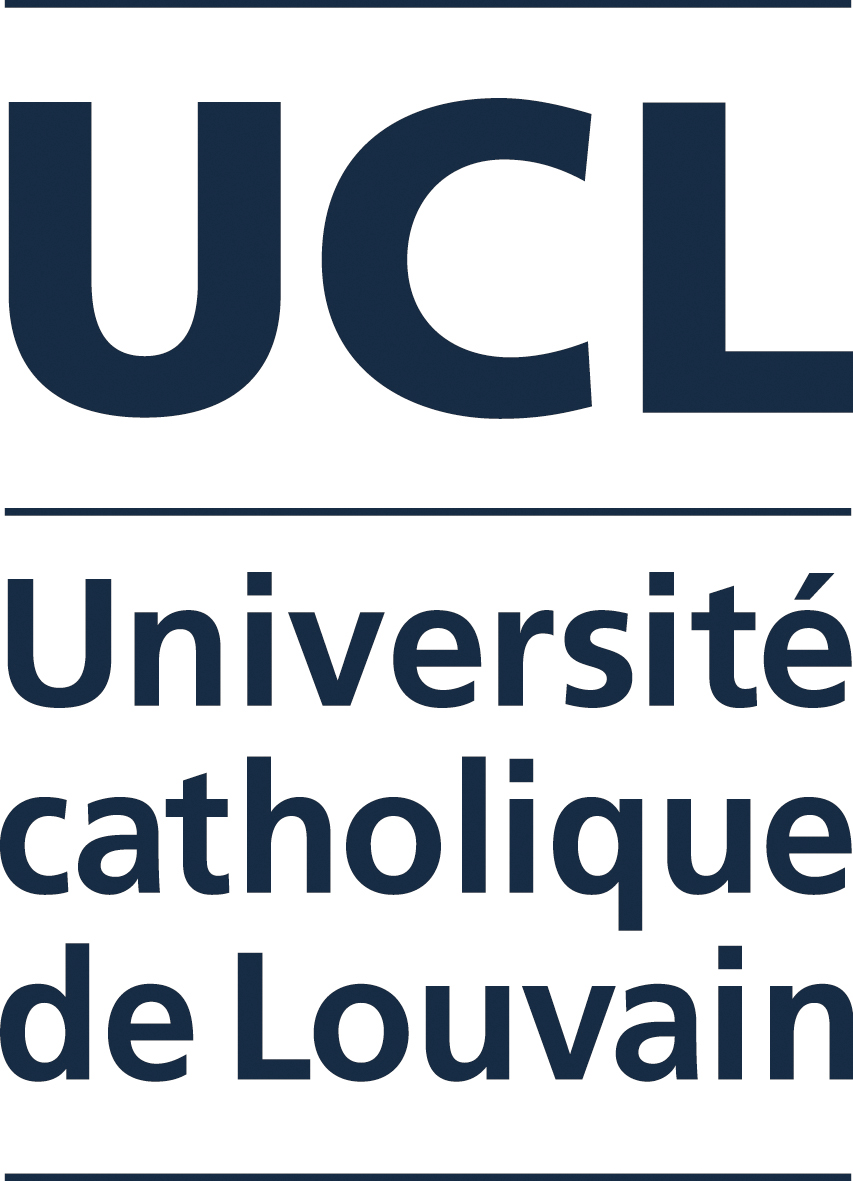Low input extraction of bioactive phytochemicals from Salicornia residue straw
Subcritical water extraction obtains the best extraction yield of phenolics without the use of chemicals.
Bioactive plant-based compounds, here phenolics, can be extracted from the residual straw of Salicornia ramosissima (glasswort) for use in cosmetics, feed, or food supplements. As the species in the glasswort family are known to produce a high concentration of said bioactive compounds, a concentrated extractives fraction can yield a high profit for the producer with easily manageable methods. As the bioactive compounds of interest are bound in the cellular tissue of the biomass, these are targeted removed. Methods investigated were decoction, maceration, sub-critical water extraction, ultrasound-assisted extraction, alkaline hydrolysis, and conventional Soxhlet extraction. Of these individual methods, sub-critical water extraction showed the best extraction yields without the use of chemicals. An extraction at 140 °C and 2-3 cycles of 15 min is proposed for economical and practical reasons. Alkaline hydrolysis, already used in agriculture for some grains, showed to be an excellent extraction method to extract bound and conjugate phenolic compounds. Soxhlet extraction is a good extraction method if the use of chemicals or high pressure and temperature should be avoided. Alkaline hydrolysis extracts high amounts of phenolics after a first extraction and could be used in conjunction with a different primary extraction. Alkaline hydrolysis extracts more monophenolic compounds and isoquercitrin, e.g., caffeic acid (5.70 g/kg biomass at 4.08 $/g), isoquercitrin (1.84 g/kg biomass, 2472 $/g). Sub-critical water extraction targets more polyphenolic compounds, e.g., neochlorogenic acid (0.184 g/kg biomass at 10955 $/g), isoquercitrin (0.527 g/kg biomass at 2472 $/g) (prices source: https://www.sigmaaldrich.com).


Contact:

Malthe Fredsgaard
Aalborg University, Denmark
mfre@energy.aau.dk
Acknowledgement
This project has received funding from the European Union’s Horizon 2020 research and innovation programme under Grant Agreement No 862834. Any results of this project reflects only this consortium’s view and the European Commission is not responsible for any use that may be made of the information it contains.


















